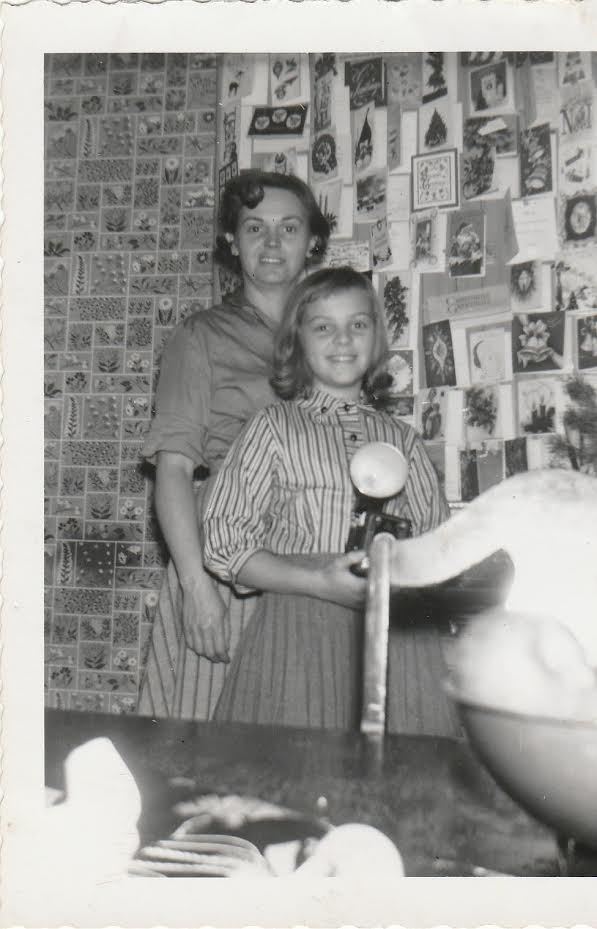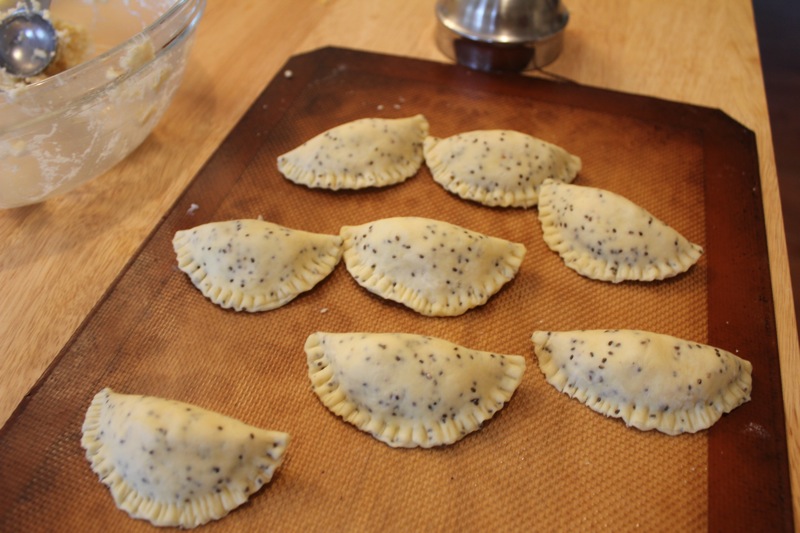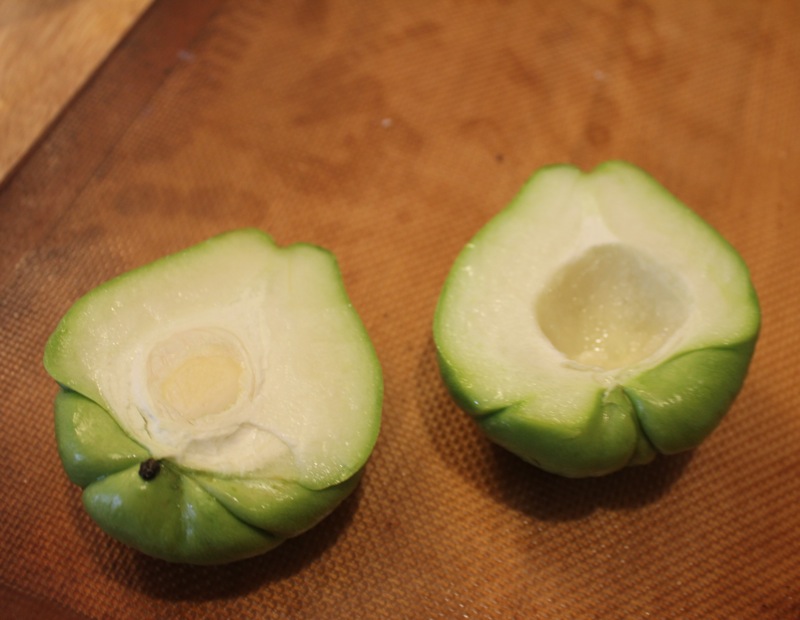
Serendipity; the occurrence and development of events by chance in a happy or beneficial way. My husband loves to cook. He has lots of time on his hands since we are staying pretty close to home. He recently set aside a few hours to make caramelized onions. He used a recipe from Vivian Howard in her new cookbook, This Will Make it Taste Good. Caramelized onions take time because they need to cook low and slow. The original use was to top a steak. But there were so many of them that I ended up with a stash in the refrigerator.

Thanksgiving included pie making. I made several rounds of pastry and ended up with extra. A light bulb moment happened and I put the two leftover ingredients together with delicious results.

This caramelized onion galette would make a perfect appetizer for the holidays. I added some Gruyere cheese to the onion mixture and was pleased with the results. The taste is reminiscent of French onion soup. It would also be great as a light supper with a salad. Serendipitous indeed.
Caramelized Onions
- 4–5 large or 6–8 medium yellow or white onions
- 1 Tbsp olive or vegetable oil
- 1 tsp kosher salt
- Peel your onions and cut them in half through their stem ends—longways, if you will. Slice them thinly with the grain, following the line from root to stem rather than cutting the onion across its belly. This is actually important because slicing it the other way makes the path to silky onions a longer one.
- Once your onions are sliced, heat your skillet over medium-high heat and add the oil, then the onions and the salt. Let the onions sizzle for a couple minutes. Stir with a wooden spoon or a heatproof spatula and watch as they wilt for about 3 more minutes. At this point, reduce the heat to medium low. Put a lid on and step away for a few minutes. Give the onions a stir every now and then. You don’t have to stand over it like risotto, but don’t go for a walk around the block either. Caramelized bits will accumulate at the bottom and sides of the pan, and that’s good. Just scrape them up and stir them in. A little color building as you go is okay, but don’t rush to brown them. The point is to cook the onions gently, coaxing them through stages of raw, wilted, sweaty, soft, light brown, and finally deeply caramelized
- About 45 minutes in, remove the lid for the last time. They should be a light caramel color. Now, with the lid off, you will need to watch more closely and stir more frequently. At some point you may find that despite your best efforts some of the caramelized bits, verging on burnt, cling to the pan and threaten over all onion ruin. Do not fret! Just add a ½ cup or so of water and use its energy to help scrape up the stubborn but tasty film. Let the water cook out of course. When you’re smiling over a soft, creamy, fragrant pile of mahogany onions, you’re done. Makes 2 cups.
- Note: Onions will keep in the fridge for a week and in the freezer for 3 months.
Assemble Galette
Mix 1 to 1 1/2 cups cooled onions with 1/2 cup grated Gruyere cheese. Heat the oven to 375 degrees. Roll pastry dough of your choice (Could use a store-bought pastry round) into a 10-inch circle on a sheet of parchment. Spread the cooled caramelized onions on the dough, leaving a 1- to 2-inch border. Fold the edges in, over the onions, transfer to a baking sheet and bake until the dough is golden brown and some of the onions have browned on the edges, 40 to 50 minutes, rotating the galette halfway into the baking process.

















